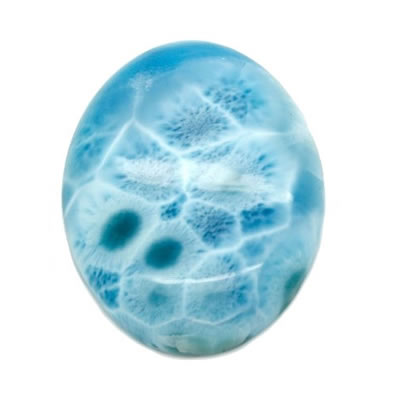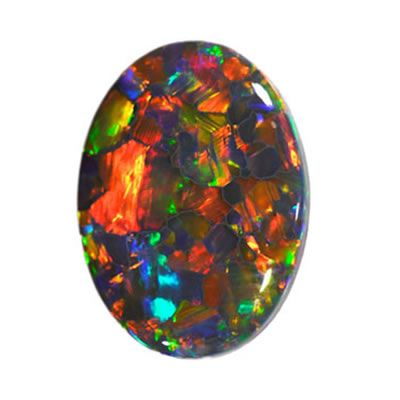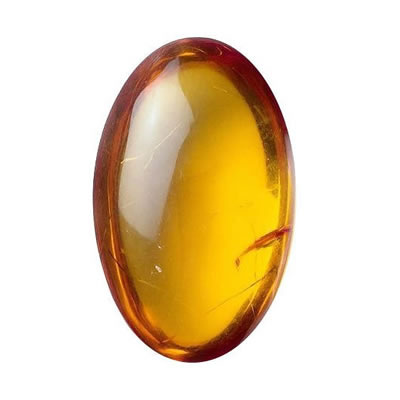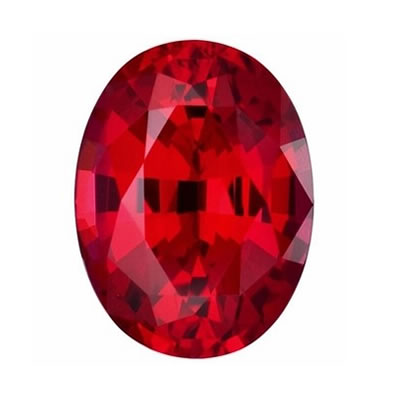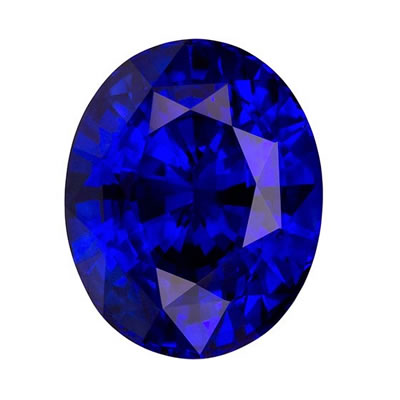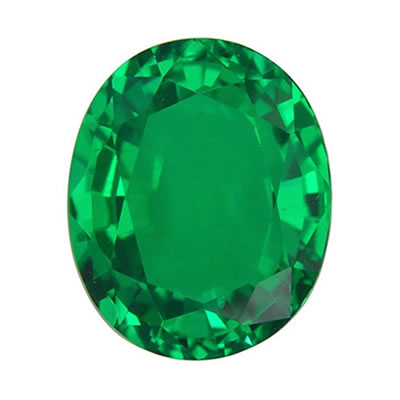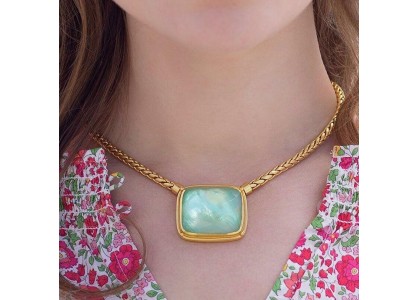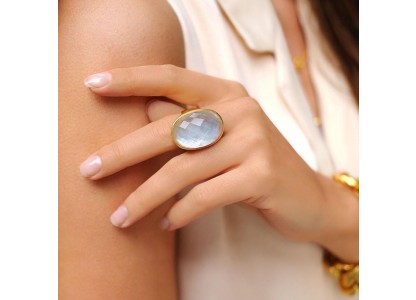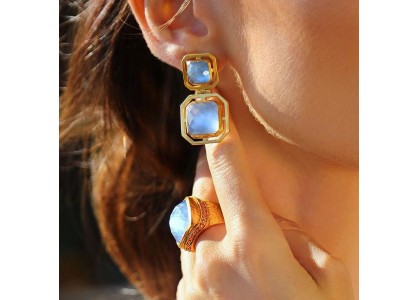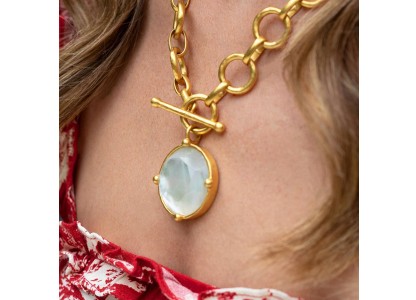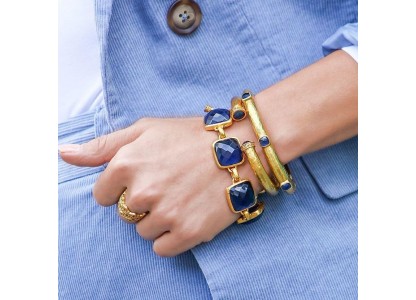Marcasite

Marcasite jewelry
Etymology and history
Marcasite, whose name is derived from the Arabic word for pyrite, is a common and an attractive mineral. The most famous habit for marcasite is its "cock's comb" twinned habit. The crystals appear like a roster's head crest, hence the name. The habit is very distinctive and can not be mistaken for any other mineral.
Marcasite description
The mineral marcasite, sometimes called white iron pyrite, is iron sulfide. Marcasite is often mistakenly confused with pyrite, but marcasite is lighter and more brittle. Specimens of marcasite often crumble and break up due to the unstable crystal structure, and it is this crystal structure that is the main difference between marcasite and pyrite. Though marcasite has the same chemical formula as pyrite, it crystallizes in a different crystal system, thereby making it a separate mineral.
Marcasite in jewelry
Marcasite jewelry has been made since the time of the Ancient Greeks. It was particularly popular in the eighteenth century, the Victorian era and with Art Nouveau jewelry designers. It is frequently made by setting small pieces of pyrite into silver
Occurrence
Marcasite can be formed as both a primary and a secondary mineral. It typically forms under low-temperature highly acidic conditions. As a primary mineral it forms nodules, concretions and crystals in a variety of sedimentary rock, such as at Dover, Kent, England, where it forms as sharp individual crystals and crystal groups, and nodules (similar to those shown here) in chalk
Talk to Our Jewelry Experts
Monday to Friday from 9AM to 5PM EST

